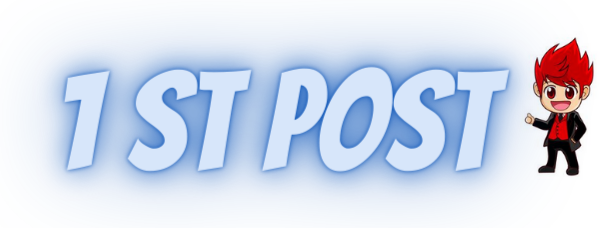When creating a custom LED screen, there are several important features to consider to ensure that the final product meets your needs and delivers the desired results. Here are some of the top features to consider when creating a custom LED screen:
- Size: The size of the LED screen will depend on the specific application and the available space for installation. You should consider the viewing distance and angle to determine the ideal size of the screen. Make sure to take measurements and consider the dimensions of the installation area when designing the custom LED screen.
- Resolution: The resolution of the LED screen will impact the quality of the displayed content. Higher resolutions will deliver sharper and more detailed images and videos. Consider the viewing distance and the type of content that will be displayed to determine the ideal resolution for your custom LED screen.
- Brightness: The brightness of the LED screen is an important consideration, especially for outdoor installations where the screen will be exposed to direct sunlight. A high-brightness LED screen will ensure that the content is visible and legible even in bright lighting conditions.
- Color: LED screens can display a wide range of colors, from simple monochrome displays to full-color displays. Consider the type of content that will be displayed to determine the ideal color capabilities of the custom LED screen.
- Viewing Angle: The viewing angle of the LED screen refers to the angle at which the content is visible to the viewer. A wide viewing angle will ensure that the content is visible from multiple angles, while a narrow viewing angle will limit the visibility to a specific area.
- Design: The design of the custom LED screen can be tailored to suit the specific application and environment. Consider the available space for installation, the desired shape and orientation of the screen, and the branding or messaging that will be displayed to design a custom LED screen that meets your needs.
- Control System: The control system for the LED screen will determine how the content is displayed and managed. Consider the features of the control system, such as remote access and scheduling capabilities, to ensure that the LED screen is easy to manage and update.
- Maintenance: The maintenance requirements of the LED screen should be considered when designing the custom LED screen. Consider the accessibility of the installation area, the need for regular cleaning and maintenance, and the availability of spare parts and support services.
In conclusion, when creating a custom LED screen, it is important to consider the size, resolution, brightness, color, viewing angle, design, control system, and maintenance requirements to ensure that the final product meets your needs and delivers the desired results. By carefully considering these features, you can design a custom LED screen that is tailored to your specific application and environment, delivering high-quality and engaging content that attracts and retains the attention of your target audience.
